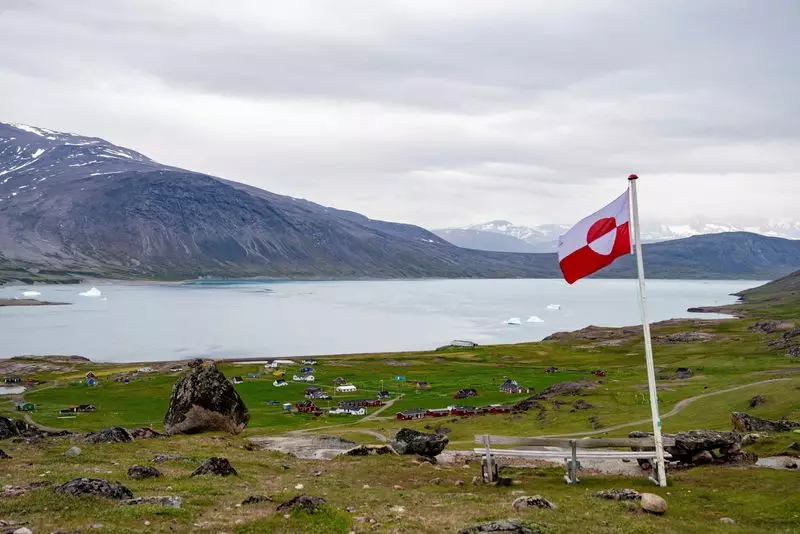Greenland, the vast island nation that lies between the Arctic and Atlantic Oceans, has caught the attention of various global powers, particularly in the context of its considerable mineral wealth and geopolitical significance. Recently, the topic of Greenland has resurfaced in international discussions, intensified by the intriguing offer from former U.S. President Donald Trump to purchase the territory. This interest is not merely speculative; it brings to light the strategic importance of Greenland in terms of its natural resources and its geographical position—situated between major sea routes and neighboring nations.
Greenland is home to an abundance of critical mineral deposits essential for modern technology and renewable energy solutions. According to data reported by the European Commission, the island harbors 25 out of 34 minerals classified as “critical raw materials.” This includes rare earth elements crucial for manufacturing permanent magnets, which are a vital component in electric vehicles (EVs) and wind turbines.
Specifically, regions like the southern Gardar province have been identified to possess significant deposits of rare earth elements. Key companies invested in this sector include Critical Metals Corp, which has explored the Tanbreez deposit, and Energy Transition Minerals, currently experiencing legal setbacks with its Kuannersuit project. The latter underscores the challenges faced in exploiting Greenland’s resources, as environmental concerns and legal disputes plague many potential developments.
However, the extraction of these valuable resources is not without its controversies. Environmental protection is a significant issue; Greenland’s government has imposed bans on oil and natural gas extraction due to ecological considerations. Additionally, many indigenous groups oppose mining operations, fearing the implications for their ancestral lands, health, and traditional livelihoods. This tension between development and preservation represents a considerable obstacle that companies and the government must navigate.
The legal and political frameworks surrounding land use in Greenland are complicated and often contentious. For instance, the Inuit Ataqatigiit party, which advocates for environmental protection, has effectively banned uranium mining, thereby halting the development of certain sought-after projects. Such decisions resonate deeply within the local community, reflecting a balance that must be struck between economic advancement and cultural integrity.
Beyond rare earth elements, Greenland is rich in various other minerals critical for industry. For instance, graphite—critical for batteries used in electric vehicles—is a valuable resource that companies like GreenRoc are keen to exploit through their Amitsoq project. Copper, zinc, gold, and titanium also represent significant deposits across the island, each with its unique opportunities and challenges.
The Disko-Nuussuaq project, for example, promises a mix of copper, nickel, and potentially valuable platinum and cobalt. However, exploration efforts remain in their infancy, highlighting the underutilization of Greenland’s mineral wealth. As the demand for these materials surges globally, particularly with the rise of renewable energy technologies, the potential for economic growth in Greenland is considerable.
The growing global competition for resources means that Greenlanders are at a crossroads, facing the dual challenges of exploitation and preservation. As countries, including the United States, express interest in the territory, the implications extend beyond local economies. They touch on politics, environmental sustainability, and international relations, signifying that Greenland is not just a piece of land, but a strategic asset in the global arena.
The situation surrounding Greenland serves as a poignant reminder of the complexities of resource-rich territories. The narrative is no longer just about acquiring land or resources; it intertwines with themes of autonomy, environmental conservation, and ethical mining practices. The question remains—how can Greenland leverage its resources while ensuring that such developments respect the rights of its indigenous populations and protect its unique environment?
As demands for critical minerals increase in the coming years, Greenland stands poised at the epicenter of a vital conversation about sustainability and sovereignty, making it a focal point in both local and global discourses. The decisions made in the coming years will undoubtedly shape the future of Greenland and its place on the world stage.

